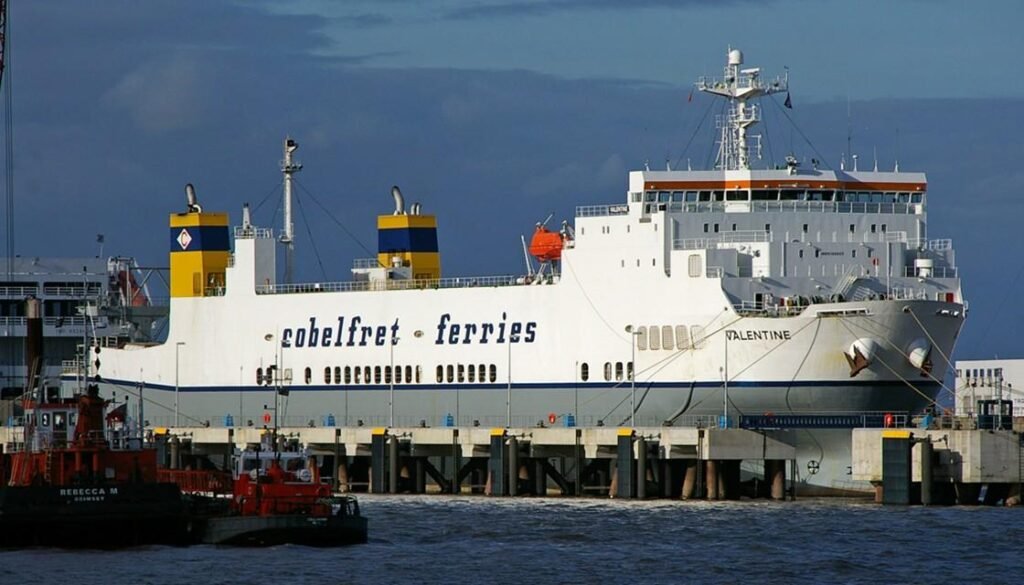KiwiRail Leases Additional Ferry to Boost Interislander Service
KiwiRail has leased an additional freight ferry to provide capacity and resilience on Cook Strait, KiwiRail Group Chief Executive Greg Miller announced today. The Valentine is completing technical due diligence in England now, ahead of sailing to…
